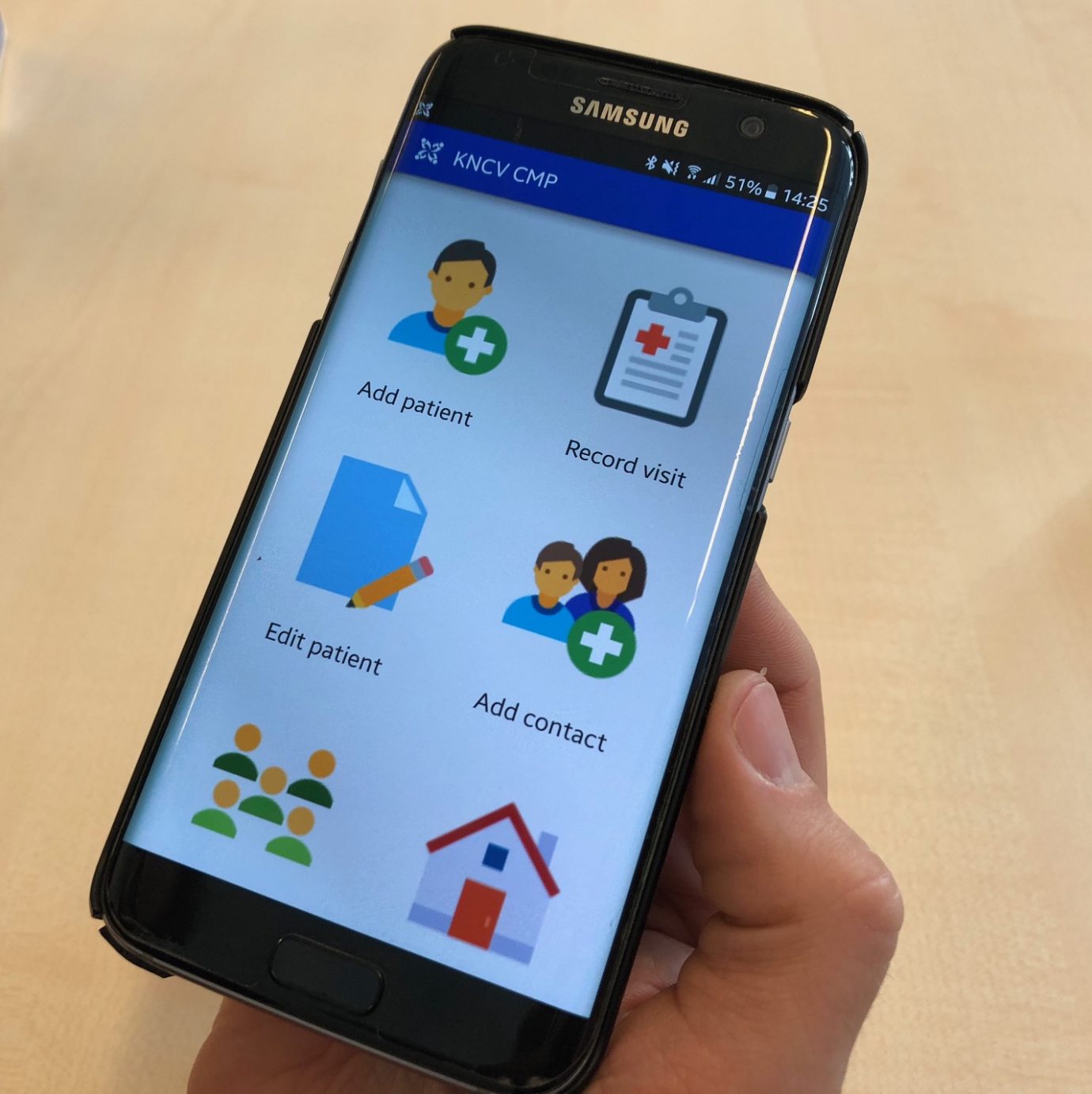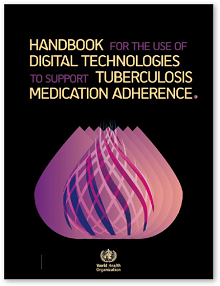It is still early days, but we are already able to celebrate several wonderful successes achieved by KNCV’s Digital Health team once again confirming the essential role of digital health within global TB control.
Keeping track
This week saw the announcement of a prototype case management platform which has been developed for patients with drug-resistant tuberculosis and which will be used in Kyrgyzstan as part of the USAID funded Challenge TB project; led by KNCV. The application enables case managers and clinicians to register the patients and their test results. It also records follow-up visits, keeps track of all analyses and makes sure that all the patients’ close contacts (family members and/or friends) are also screened for TB. The conclusion? Digital health can help end TB.
Digital adherence explained
In January 2018, the World Health Organization published the Handbook ‘The use of digital technologies to support tuberculosis medication adherence.’ As co-author, KNCV consultant Kristian van Kalmthout contributed to several sections of the handbook.
Common digital health products
TB patients and health-care providers are surrounded by information and communication technologies and the handbook clearly explains how we can improve patient care by converting data into useful and understandable information for individuals and programme management. And how can the application of digital health in TB patient care lend support to medication adherence? The handbook specifically focuses on the implementation of the most common digital health products being used in support of TB treatment adherence. Furthermore, several studies have already been carried out that demonstrate the positive impact that digital health is having in TB treatment programmes.
KNCV’s framework
Also included in the handbook is the digital health activities framework, which is based on a framework developed by KNCV. The framework can be used to show not only which digital health solutions are being employed in the various countries but also where they are being used. Additionally, this framework can be used to identify opportunities for the implementation of new solutions. It also considers existing digital health solutions in alternative health programmes and provides a summary of previous digital health programmes, including their status, level of utilization, results achieved, and which partners and organizations have been involved.
The handbook can be downloaded from the WHO website.
http://www.who.int/tb/publications/2018/TB_medication_adherence_handbook_2018/en/


